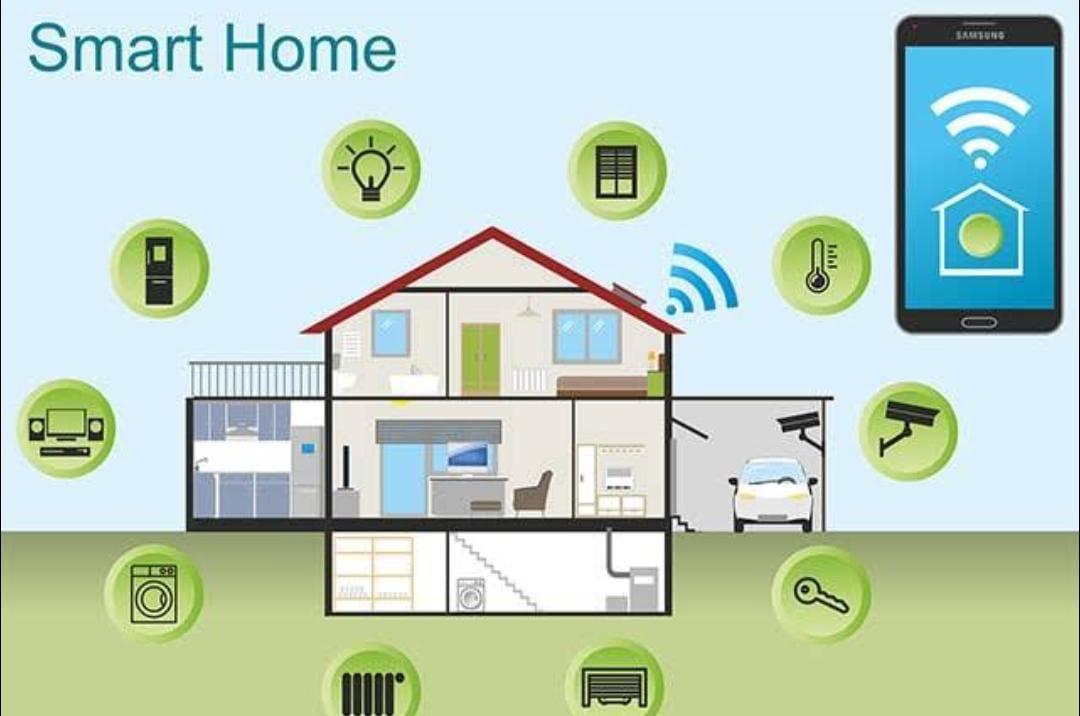Inquire
When Devices Talk : Making a Smarter Home

Smart home automation is transforming traditional living spaces into intelligent environments where devices communicate seamlessly to improve comfort, efficiency, and security. This interconnectivity is made possible through Internet of Things (IoT) technology, enabling sensors, appliances, and systems to exchange real-time data and respond intelligently to user needs.
At the heart of a smart home lies a centralized control hub or home gateway that coordinates various smart devices like thermostats, lights, cameras, door locks, and appliances. These devices use wireless communication protocols such as Zigbee, Z-Wave, Bluetooth Low Energy (BLE), and Wi-Fi to interact with each other and the cloud. Advanced Machine Learning (ML) algorithms help these systems learn user behavior and automate routines—like adjusting lighting based on occupancy or scheduling energy-efficient HVAC cycles.
Voice assistants such as Amazon Alexa, Google Assistant, and Apple Siri serve as Natural Language Interfaces (NLI), allowing users to control smart home functions with voice commands. Meanwhile, mobile apps provide remote access and real-time monitoring, enhancing user convenience and situational awareness.
Security and privacy remain critical in connected homes. End-to-end encryption, multi-factor authentication, and edge computing are integrated to secure data and reduce latency. Additionally, interoperability frameworks like Matter are emerging to unify device communication across platforms.
As smart homes evolve, the synergy between IoT devices, cloud computing, AI-driven analytics, and user-centric interfaces continues to shape a future where homes are not just automated—but truly intelligent.
- Managerial Effectiveness!
- Future and Predictions
- Motivatinal / Inspiring
- Other
- Entrepreneurship
- Mentoring & Guidance
- Marketing
- Networking
- HR & Recruiting
- Literature
- Shopping
- Career Management & Advancement


 SkillClick
SkillClick